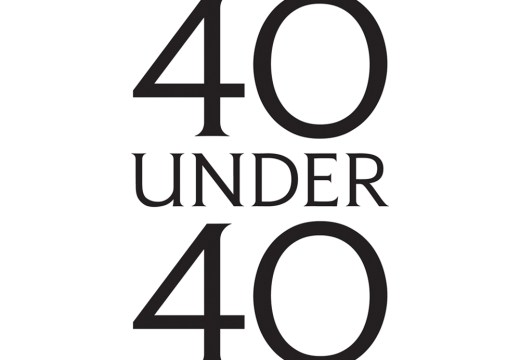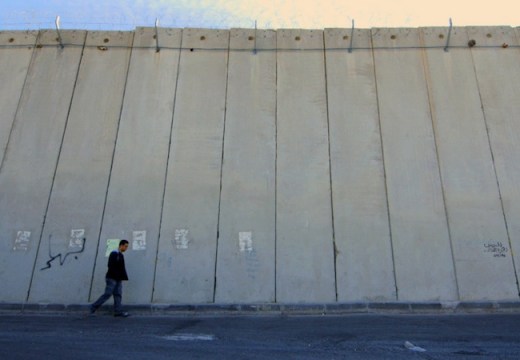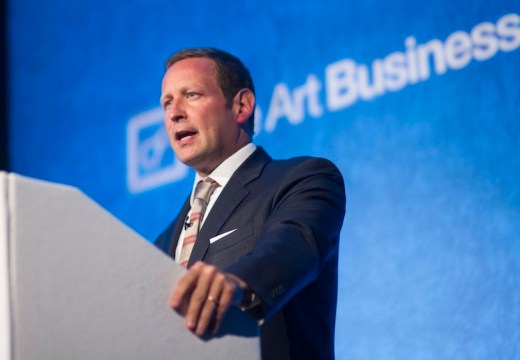A round-up of the week’s reviews and previews…
Al Jazeera’s Rebel Architecture (Annabel Sheen)
Al Jazeera is renowned for its controversial reports; this series is no exception. In exposing the fantastic work taken on by ambitious and innovative designers, it is not afraid of highlighting those that have failed to act or stood in their path. Nor does it shy away from extreme situations. This week’s episode – perhaps the most provocative in the series – ventures to the Gaza strip, to reveal the architecture of warfare.
[This] is actually the first comprehensive show devoted to Late Turner, and coincidentally it is happening in the same year as exhibitions of Late Rembrandt and the late Matisse cut-outs. Not really planned, but interesting! As far as Turner is concerned, we are showing the late work in all its aspects – landscape, history, myth, modern life, the machine age of steamers and trains. We hope there will be a sense of transition but also synthesis in the work shown. We call it ‘Painting Set Free’ both to acknowledge Turner’s technical liberation in the late work, and because we want the show itself to be an act of liberation, releasing Turner from reductive critical stereotypes – whether applied in his lifetime or since.

Untitled (Club scene) (2013), Kerry James Marshall. Courtesy of the artist, the Jack Shainman Gallery, New York, and Koplin Del Rio, California.
‘Kerry James Marshall: Painting and Other Stuff’ at Fundació Antoni Tàpies (Rye Dag Holmboe)
It would be difficult to do justice to the many works in the show, both because of their differences and because of their complexity. Whether they address the history of slavery, race politics, black power or social emancipation, Marshall’s works do not lend themselves to simple interpretations. What they offer are ambiguous, often conflicting views on the historical position of the African-American subject, all the while exploring and critiquing the ideological underpinnings of visual culture and the history of art.

The Meeting (Bonjour Monsieur Courbet) (1854), Gustave Courbet © Musée Fabre, Montpellier Agglomération / Frédéric Jaulmes
First Look: ‘Gustave Courbet’ at the Beyeler Foundation (Ulf Küster)
Courbet is one of the founding fathers of modernism. He was one of the first artists who publicly claimed to be dependent only on his individuality. For him art had to be essentially provocative and taboo-questioning. Probably for the first time, the treatment of paint as material became as important as the depicted motif in his work – arguably a first step towards abstraction. In this exhibition, we will concentrate on his revolutionary new ways of landscape painting; his self-portraits; his nudes in the water, as well as on his free and non-conventional use of paint.
Unlimited access from just $16 every 3 months
Subscribe to get unlimited and exclusive access to the top art stories, interviews and exhibition reviews.
















![Masterpiece [Re]discovery 2022. Photo: Ben Fisher Photography, courtesy of Masterpiece London](http://zephr.apollo-magazine.com/wp-content/uploads/2022/07/MPL2022_4263.jpg)
The threat to Sudan’s cultural heritage